Throughout history, churches have served as spiritual centers and architectural marvels, reflecting the religious, cultural, and historical significance of their time. Some of the oldest ones in the world date back as far as the 1st century AD and offer a glimpse into the origins of Christian worship. These ancient structures, scattered across different continents, stand as testaments to early Christianity’s spread and resilience. Each of these buildings has a unique story that continues to inspire both worshippers and historians alike.
Hagia Sophia, Turkey (537 AD)
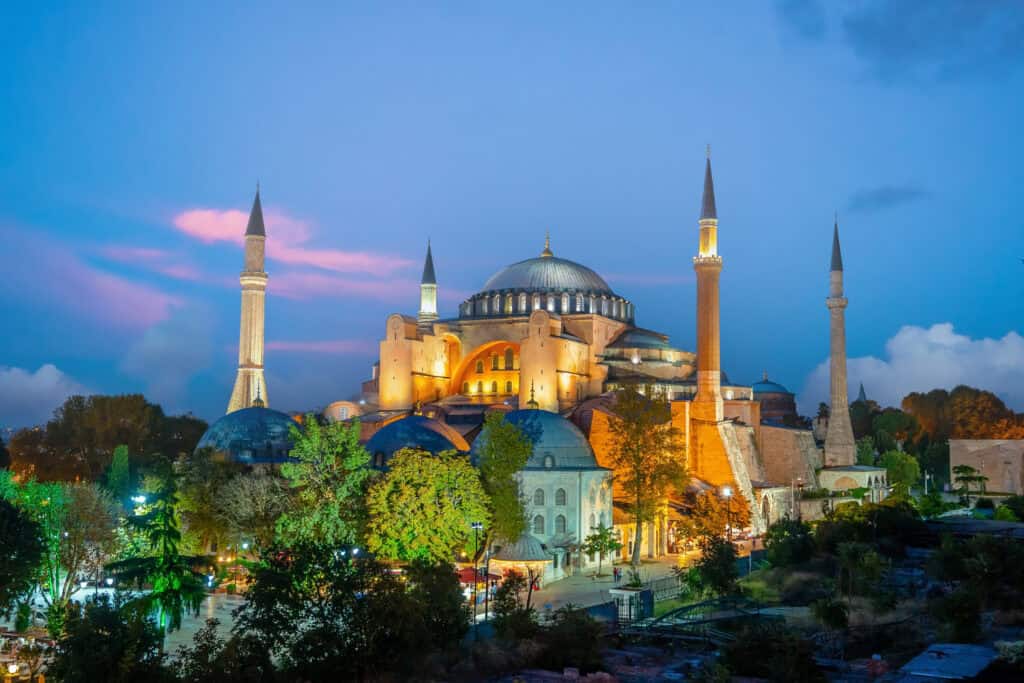
Hagia Sophia in Istanbul, Turkey, originally built in 537 AD, is one of the most iconic structures in both Christian and Islamic history. Commissioned by Emperor Justinian I, it served as a cathedral for nearly 1,000 years before being converted into a mosque after the Ottoman conquest in 1453. The structure is renowned for its massive dome, which was an architectural marvel at the time of its construction. Inside, visitors can still see Christian mosaics alongside Islamic inscriptions, reflecting the building’s complex religious history. It was converted into a museum in 1935 and remained so until 2020 when it was re-designated as a mosque. Today, it stands as a symbol of the cultural and religious transformations that have shaped Istanbul. Its vast interior includes marble floors, grand arches, and intricate mosaics, reflecting its dual legacy as a Christian basilica and Islamic mosque.
Basilica of Santa Maria Maggiore, Rome (432-440 AD)
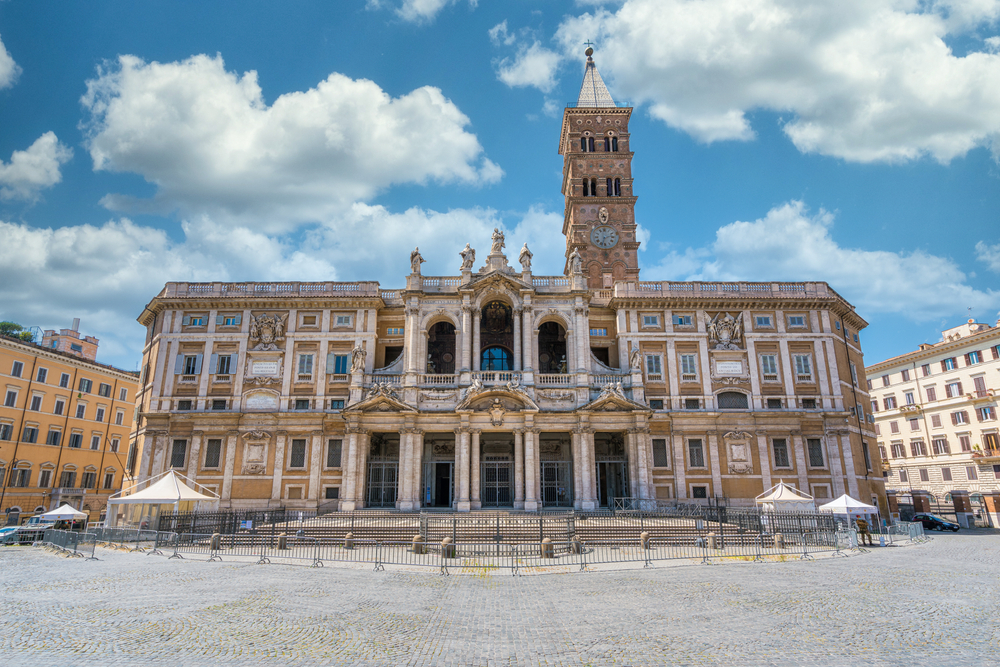
The Basilica of Santa Maria Maggiore, located in Rome, Italy, is one of the oldest and most important churches dedicated to the Virgin Mary. Construction began in 432 AD under Pope Sixtus III, making it one of the earliest examples of Christian basilicas in the city. This grand structure is known for its remarkable collection of early Christian mosaics, which depict scenes from the Old Testament and the life of Christ. It also contains relics of the Nativity, said to include pieces of the wood from the manger where Jesus was born. Santa Maria Maggiore is one of four major papal basilicas in Rome and continues to be an important site for Catholic liturgy and pilgrimage. It has undergone numerous renovations, but it retains much of its original architectural and artistic integrity. It is a UNESCO World Heritage site, recognized for its historical and religious significance.
Church of St. Porphyrius, Gaza (5th Century AD)
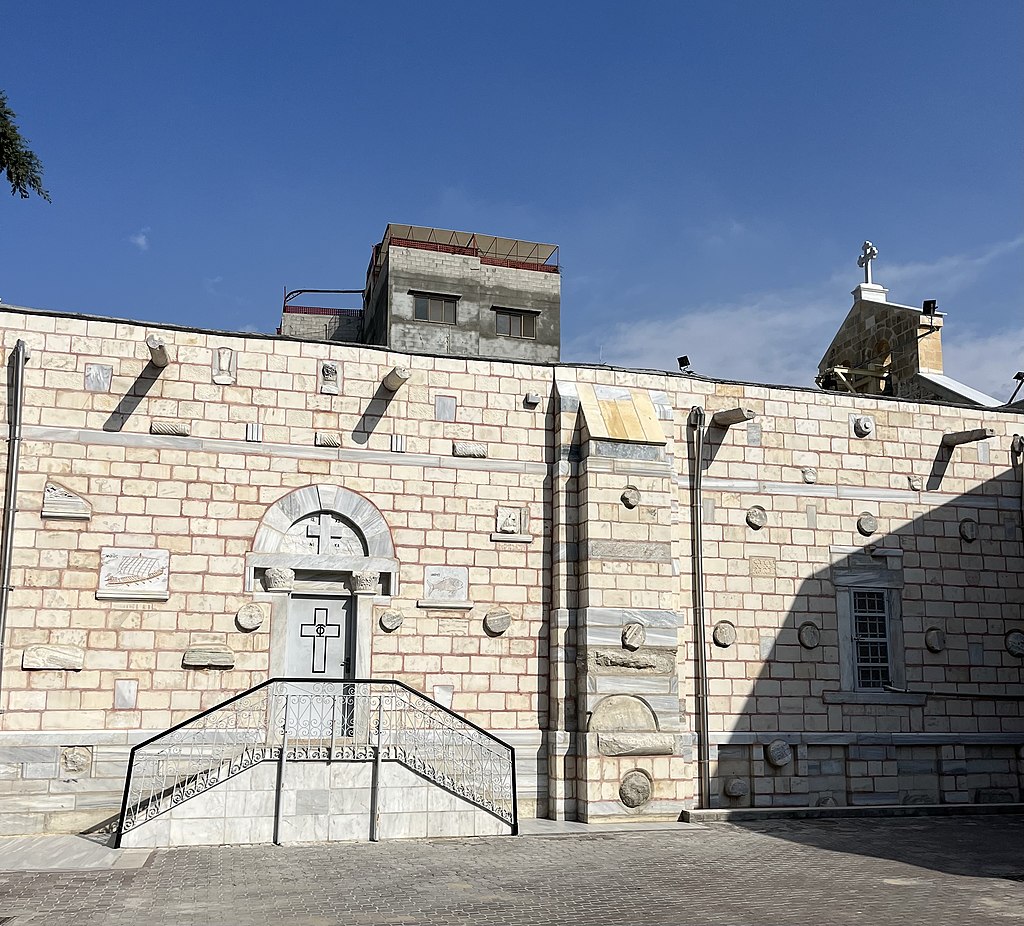
The Church of St. Porphyrius in Gaza is one of the oldest churches in Palestine, originally built in the 5th century AD. Dedicated to Saint Porphyrius, the church has undergone several renovations over the centuries, with its current structure dating back to the 12th century. The church is a Greek Orthodox site and is still active today, serving the Christian community in Gaza. In addition to its religious functions, it is also a place of historical and architectural significance, featuring traditional Byzantine design. Despite the challenges faced by Gaza’s Christian community, the Church of St. Porphyrius remains a symbol of resilience and continuity. It is also a rare example of a surviving church in a region with a predominantly Muslim population, making it a unique cultural and religious site.
Church of the Holy Sepulchre, Jerusalem (335 AD)
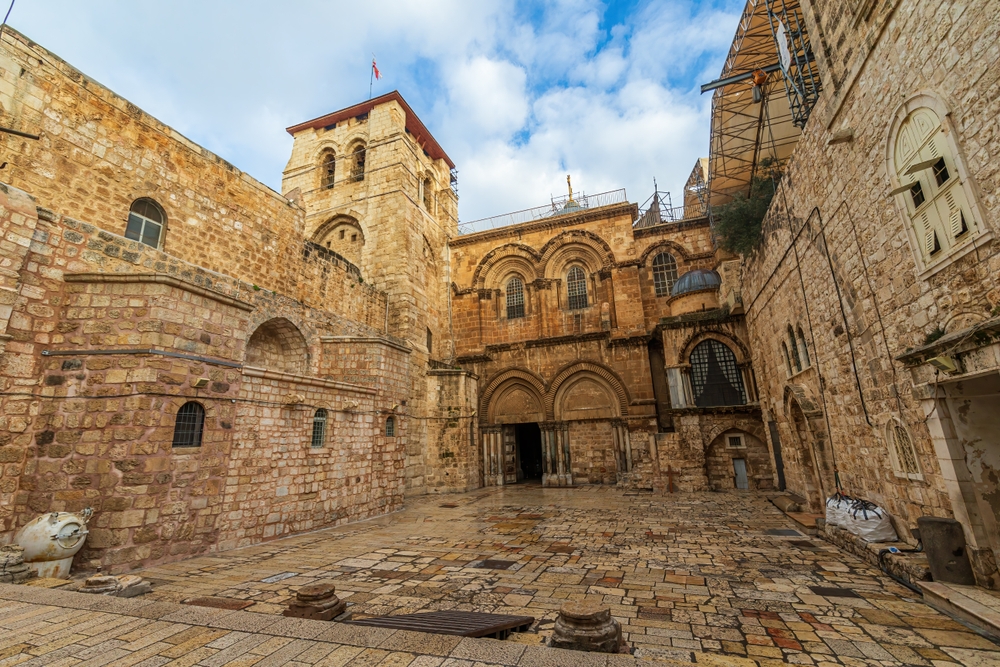
The Church of the Holy Sepulchre in Jerusalem is one of the most sacred sites in Christianity, built over the locations where Jesus was crucified and buried. Completed in 335 AD, it was commissioned by Constantine and his mother, Helena. It has been rebuilt and renovated multiple times due to damage from earthquakes, fires, and conquests, but it retains many of its original features. The Rotunda and the Edicule, which enshrines the tomb of Jesus, are central to the church’s design. Over the centuries, it has been a site of pilgrimage for millions of Christians from different denominations, who share custody of the building under a complicated arrangement known as the Status Quo. Today, it remains a symbol of Christian unity and an essential stop for pilgrims to the Holy Land. Its central location in the Old City of Jerusalem makes it a hub for religious activities and historical tours alike.
Church of the Nativity, Bethlehem (335 AD)
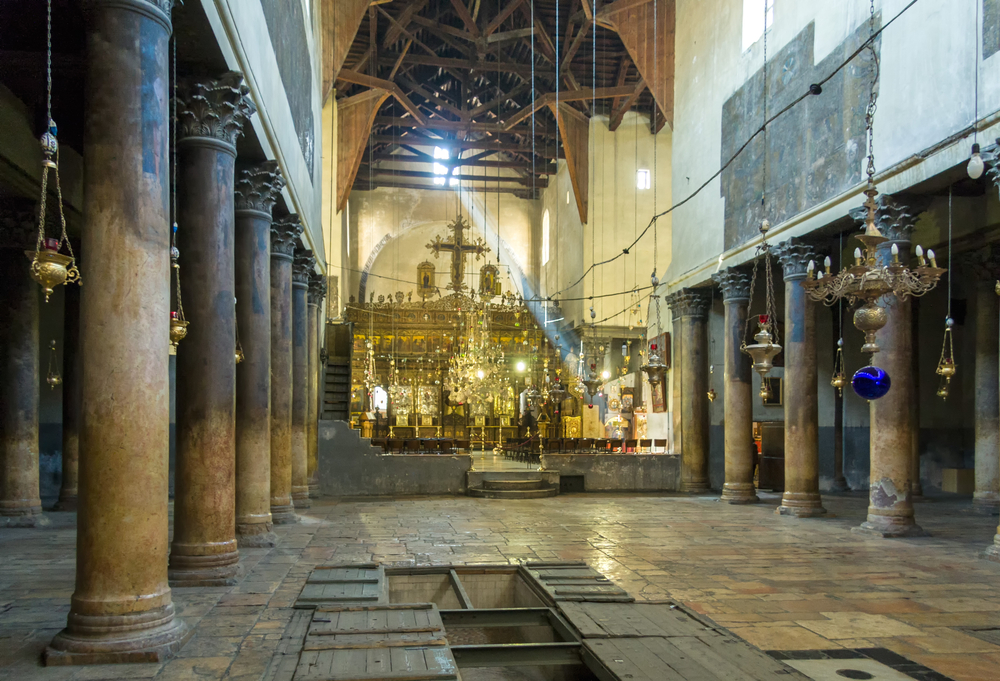
The Church of the Nativity, located in Bethlehem, is one of the oldest continuously operating churches in the world. Built in 335 AD, it marks the site traditionally considered to be the birthplace of Jesus Christ. The original structure, commissioned by Emperor Constantine, was partially destroyed in the 6th century and later rebuilt by Emperor Justinian. Its centerpiece is the Grotto of the Nativity, a cave where Christians believe Jesus was born. The basilica has undergone many renovations over the centuries, but it still retains many elements of its early Byzantine design, including mosaics and limestone columns. Today, it remains a UNESCO World Heritage site and attracts pilgrims from around the world. It also features the Door of Humility, a small entrance created to prevent looters from riding in on horseback. The interior holds a solemn reverence, with lanterns illuminating the grotto believed to mark the exact spot of Christ’s birth.
St. Peter’s Basilica, Vatican City (333 AD)
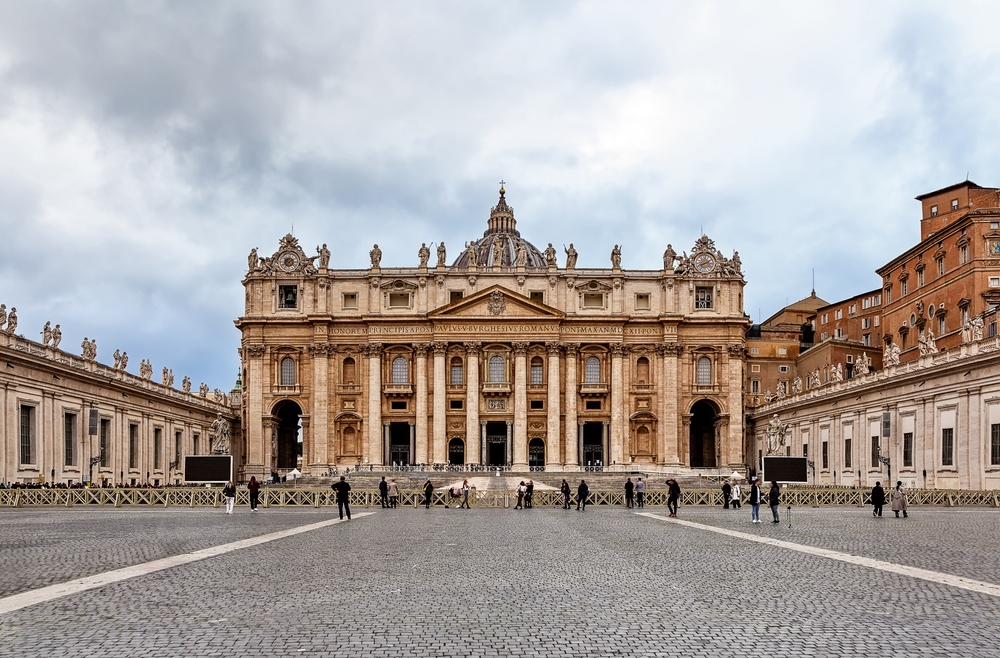
St. Peter’s Basilica in Vatican City is one of the most iconic churches in Christianity, standing on the site traditionally believed to be the tomb of St. Peter, one of Jesus’ apostles. The original basilica was constructed around 333 AD under Emperor Constantine but was replaced by the current structure in the 16th century. It is known for its Renaissance architecture, particularly its massive dome, designed by Michelangelo, and its stunning art, including the famous Pietà sculpture. Over the centuries, it has been a central place for papal ceremonies, including the coronation of Charlemagne as Holy Roman Emperor. Visitors today can ascend to the dome for a spectacular view of the Vatican and Rome. As one of the largest churches in the world, it remains a focal point for Catholic worship and pilgrimage. It is also a repository of historical treasures, with its central altar marking the traditional site of St. Peter’s burial.
Stavrovouni Monastery, Cyprus (327 AD)
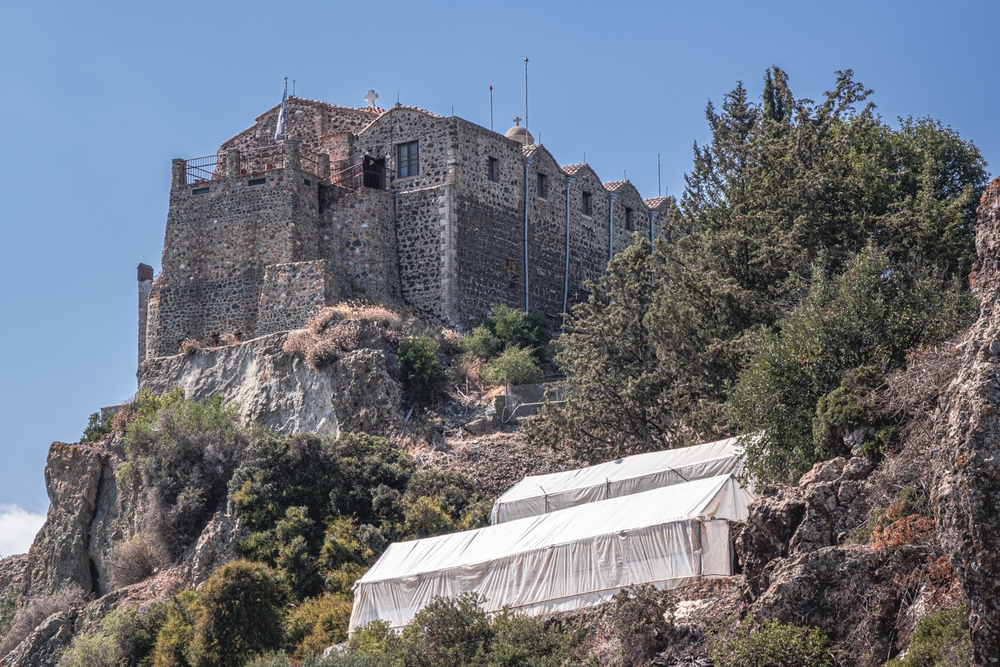
Stavrovouni Monastery, located in Cyprus, is one of the oldest monasteries in the world, established in 327 AD by Saint Helena, the mother of Emperor Constantine. According to legend, Helena left a piece of the True Cross at the site, and the monastery was built to enshrine it. Perched atop a mountain, the monastery offers stunning views of the surrounding landscape. Over the centuries, it has been a center for monastic life and spiritual retreat. It is still active today, although women are not permitted to enter its grounds, in keeping with the traditions of many Orthodox monasteries. Its historical and religious significance makes it a key site for pilgrimage. The monastery’s remote location enhances its atmosphere of tranquility, making it a sought-after retreat for those seeking spiritual renewal.
Aqaba Church, Jordan (293-303 AD)
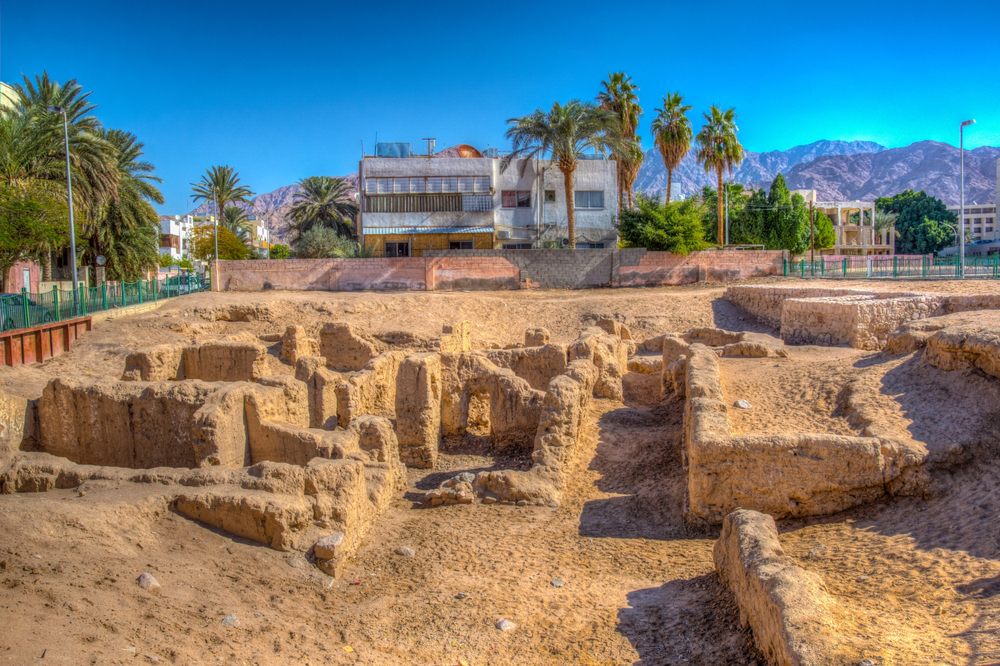
The Aqaba Church, located in Jordan, is one of the earliest known churches, dating back to between 293 and 303 AD. Discovered in 1998, it predates other famous churches like the Church of the Holy Sepulchre and the Church of the Nativity. It was likely destroyed by an earthquake in the 4th century, but its remains provide significant insight into early Christian architecture. During excavations, archaeologists uncovered glass lamps, a cemetery, and coins, indicating that the church served a small but active Christian community. Although in ruins today, it holds a special place in the history of Christianity for being one of the first purpose-built Christian churches. Its discovery has added valuable information to our understanding of early Christian worship in the Middle East. The site offers a glimpse into the modest scale of early Christian worship spaces before grand basilicas were built.
Etchmiadzin Cathedral, Armenia (301 AD)
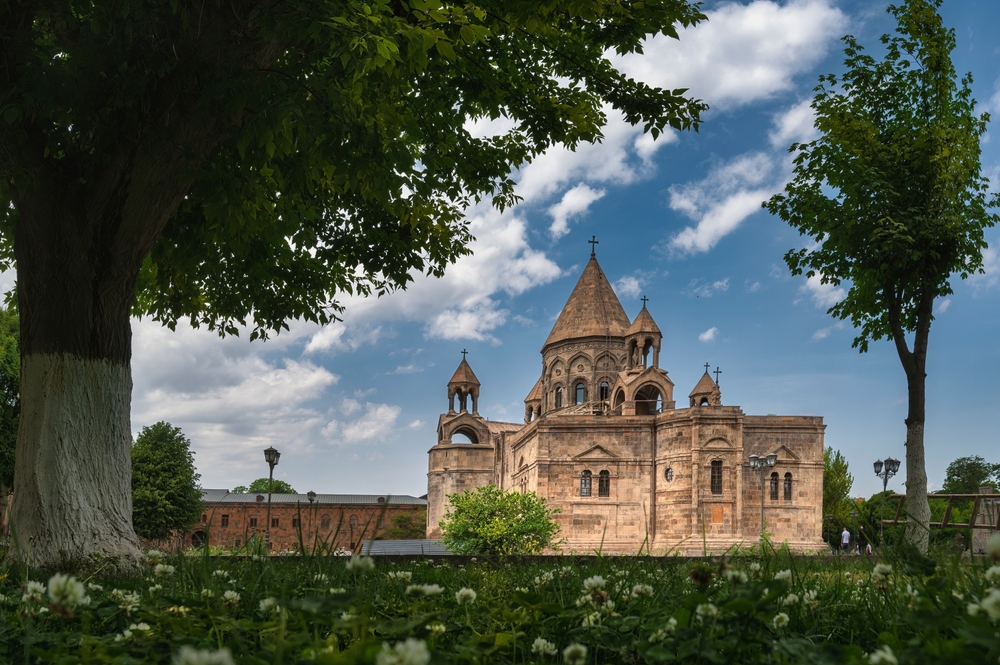
Etchmiadzin Cathedral, located in Vagharshapat, Armenia, is considered the oldest cathedral in the world, with its foundation dating back to 301 AD. It was constructed shortly after Armenia adopted Christianity as a state religion, making it one of the earliest Christian nations. It has been rebuilt and expanded several times, with the current structure dating largely from the 5th century. Etchmiadzin is the spiritual center of the Armenian Apostolic Church and is believed to be built on the site where Gregory the Illuminator had a vision of Christ descending to indicate the location of the church. Over the centuries, it has become a symbol of Armenian Christian identity. Today, it remains a UNESCO World Heritage site and a major pilgrimage destination. The complex includes museums that house ancient religious artifacts, including relics of saints and rare manuscripts.
Dura-Europos Church, Syria (233-235 AD)
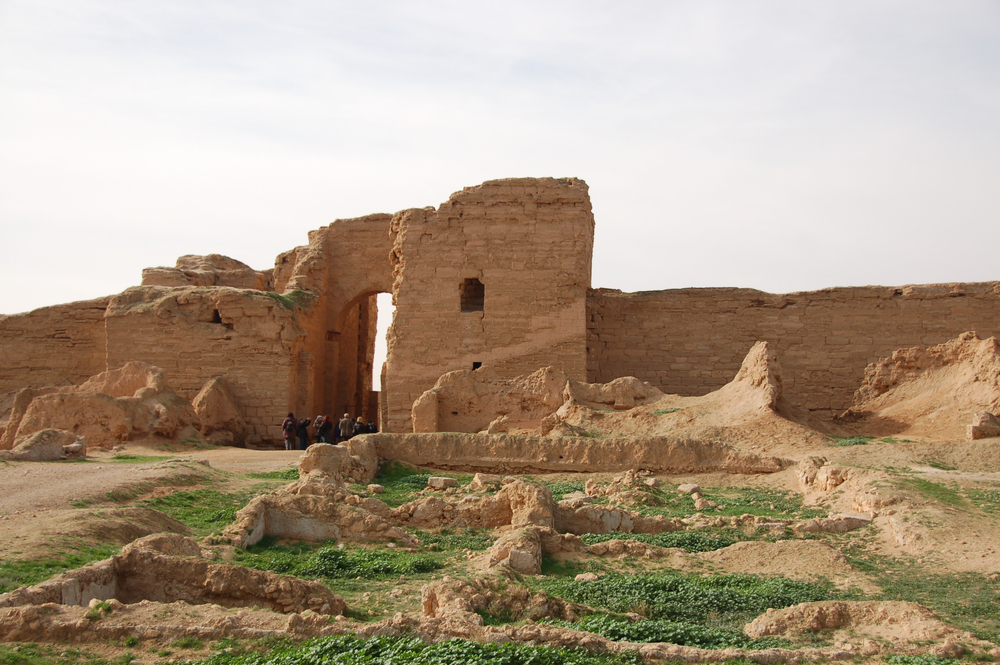
The Dura-Europos Church in Syria is one of the oldest known Christian house churches, dating back to 233-235 AD. Originally a private home, it was converted into a church, making it an early example of how Christian worship spaces developed before formal churches were widespread. It was discovered during excavations in the 1920s and 1930s, revealing frescoes and Christian art, including some of the oldest known depictions of Jesus. These frescoes, now housed at Yale University, provide insight into early Christian iconography. The church itself was part of a larger Roman city that was abandoned after a siege in the 3rd century. Though it no longer functions as one, its historical significance as a site of early Christian worship makes it a key archaeological and religious discovery. Its location on the Euphrates River highlights its importance in connecting Christian communities across the Roman Empire and beyond.
This article originally appeared on Rarest.org.
More from Rarest.org
17 Overlooked Board Games That Are Actually Great Fun

Board games have come a long way from the usual classics. Some of the most fun games don’t get the recognition they deserve. Hidden gems in the board game world offer unique experiences, thrilling strategy, and memorable moments. Read More.
15 Fragile Desert Plants Endangered by Climate Change

Deserts host a surprising variety of plant life, but many of these species are now under threat. Climate change is altering the delicate balance in these harsh environments. Rising temperatures, reduced rainfall, and extreme weather patterns are making survival more difficult for some desert plants. Read More.
13 Bizarre Volcanic Landscapes Shaped by Time and Erosion

Volcanic landscapes are some of the most striking and mysterious places on Earth. Over time, these natural wonders have been sculpted by powerful forces, creating formations that seem otherworldly. Erosion, lava flows, and geothermal activity work together to shape bizarre terrains. Read More.
